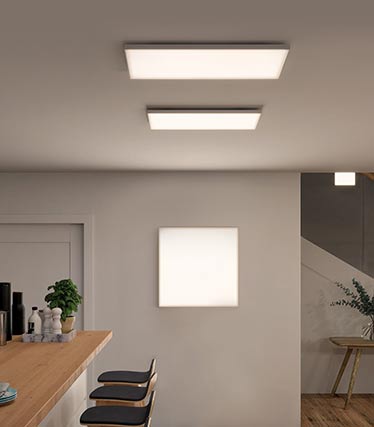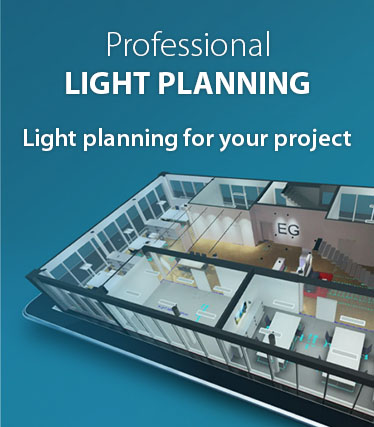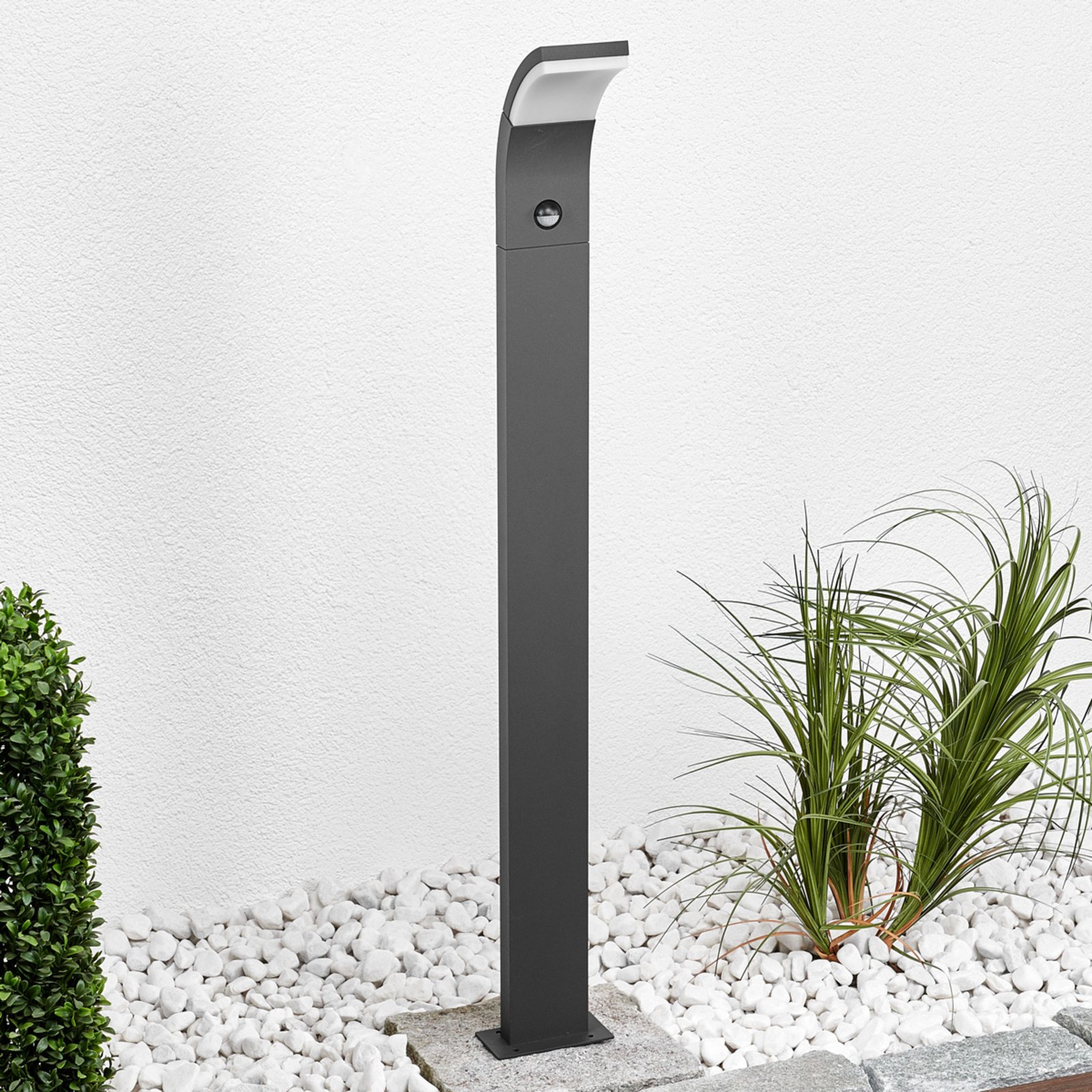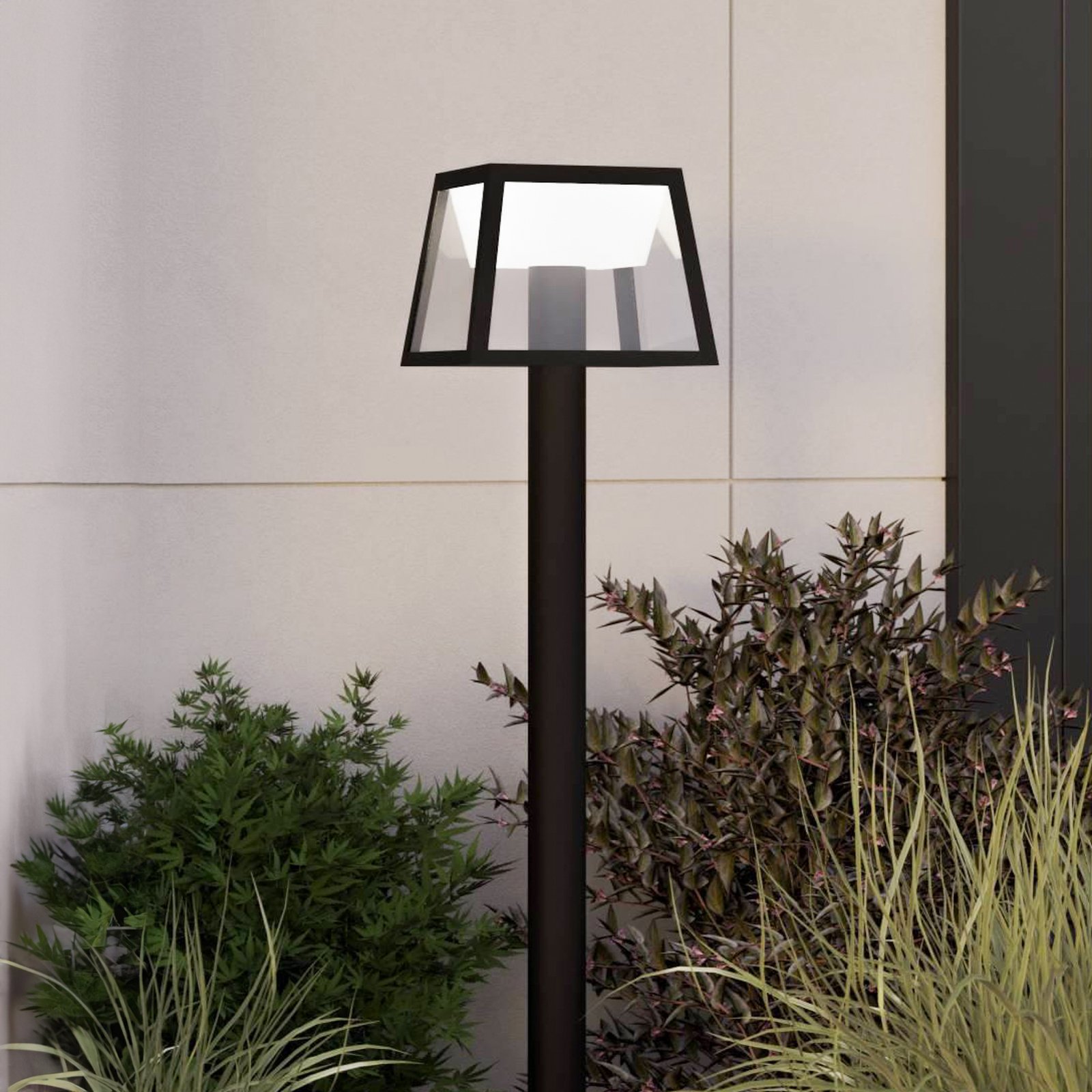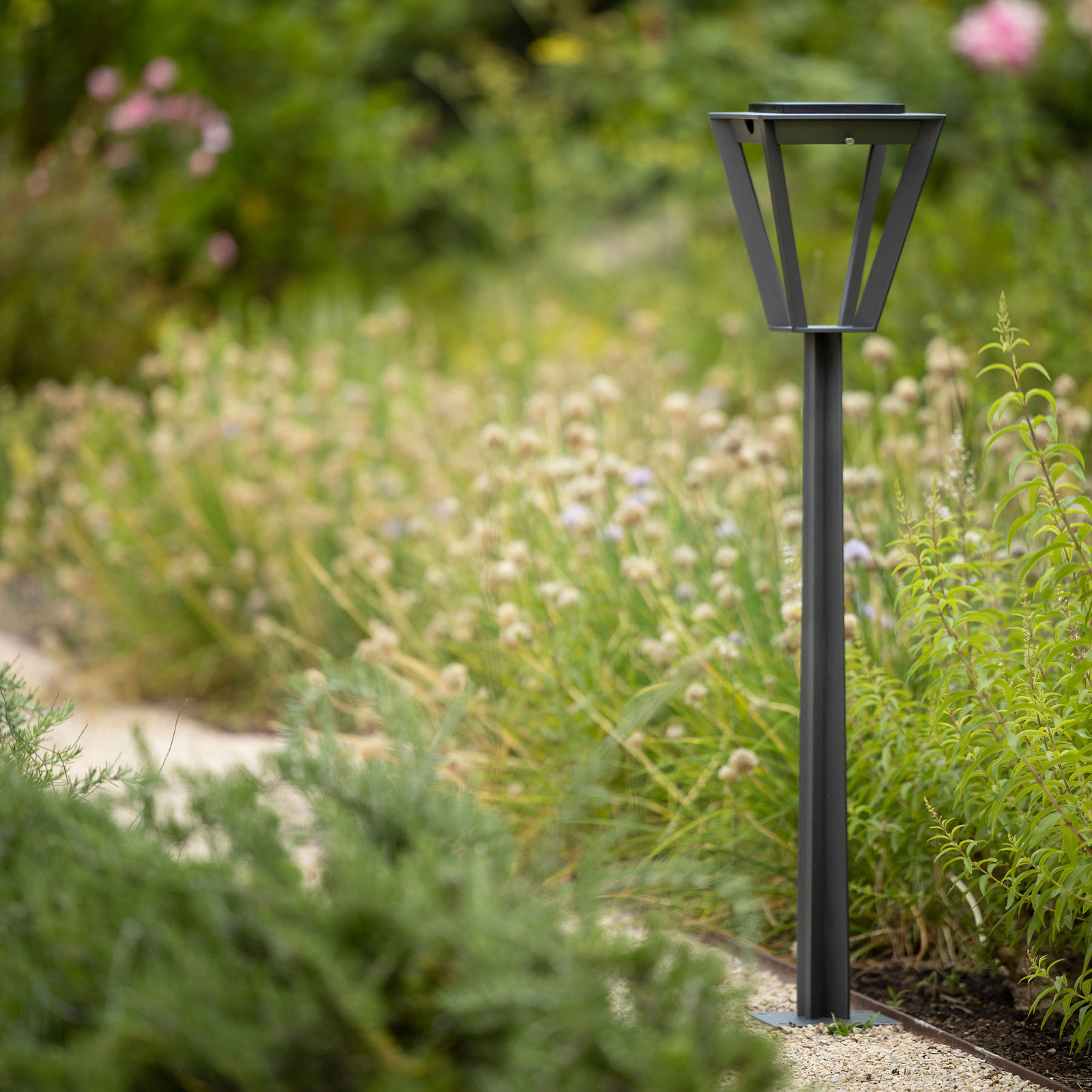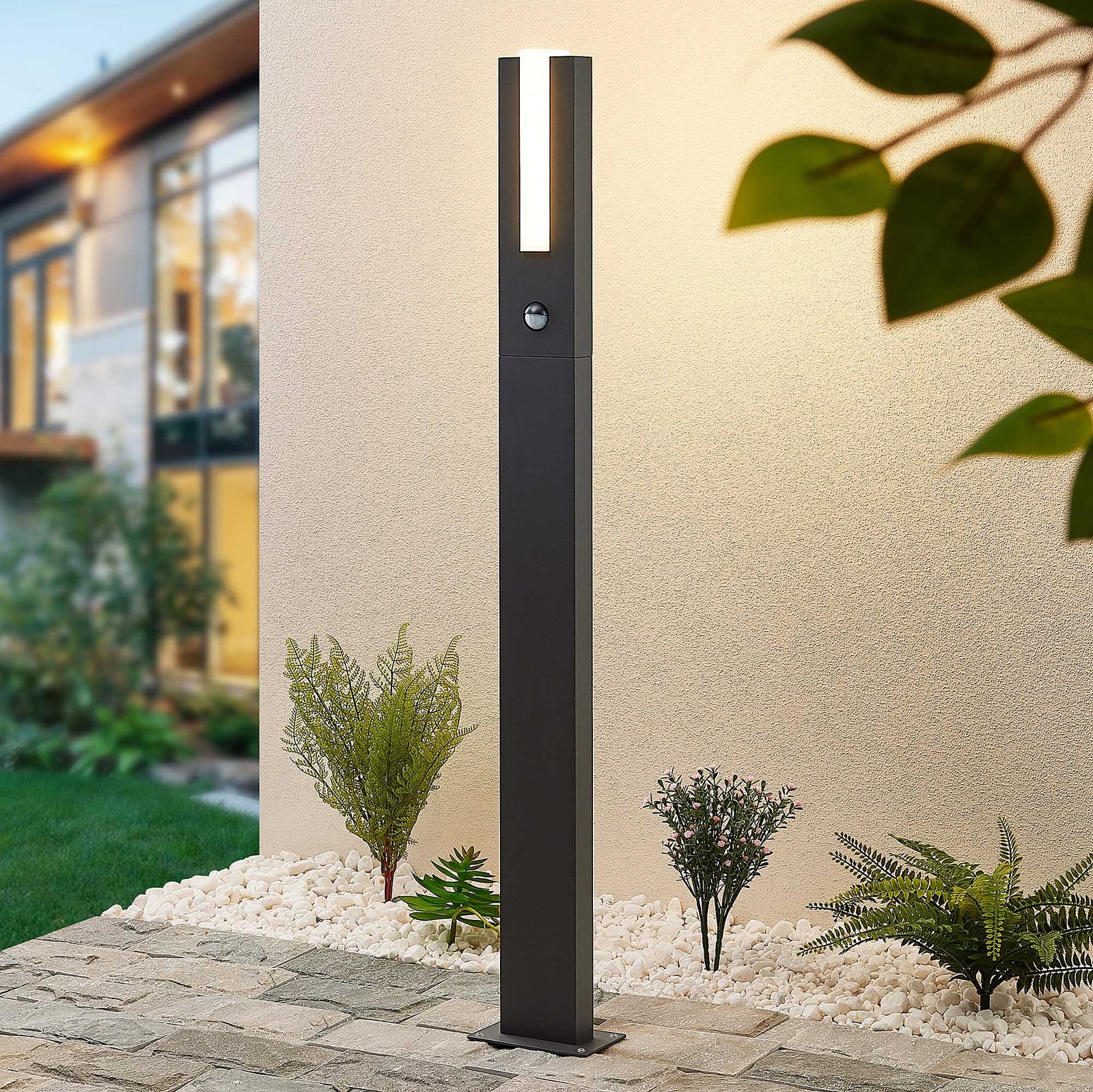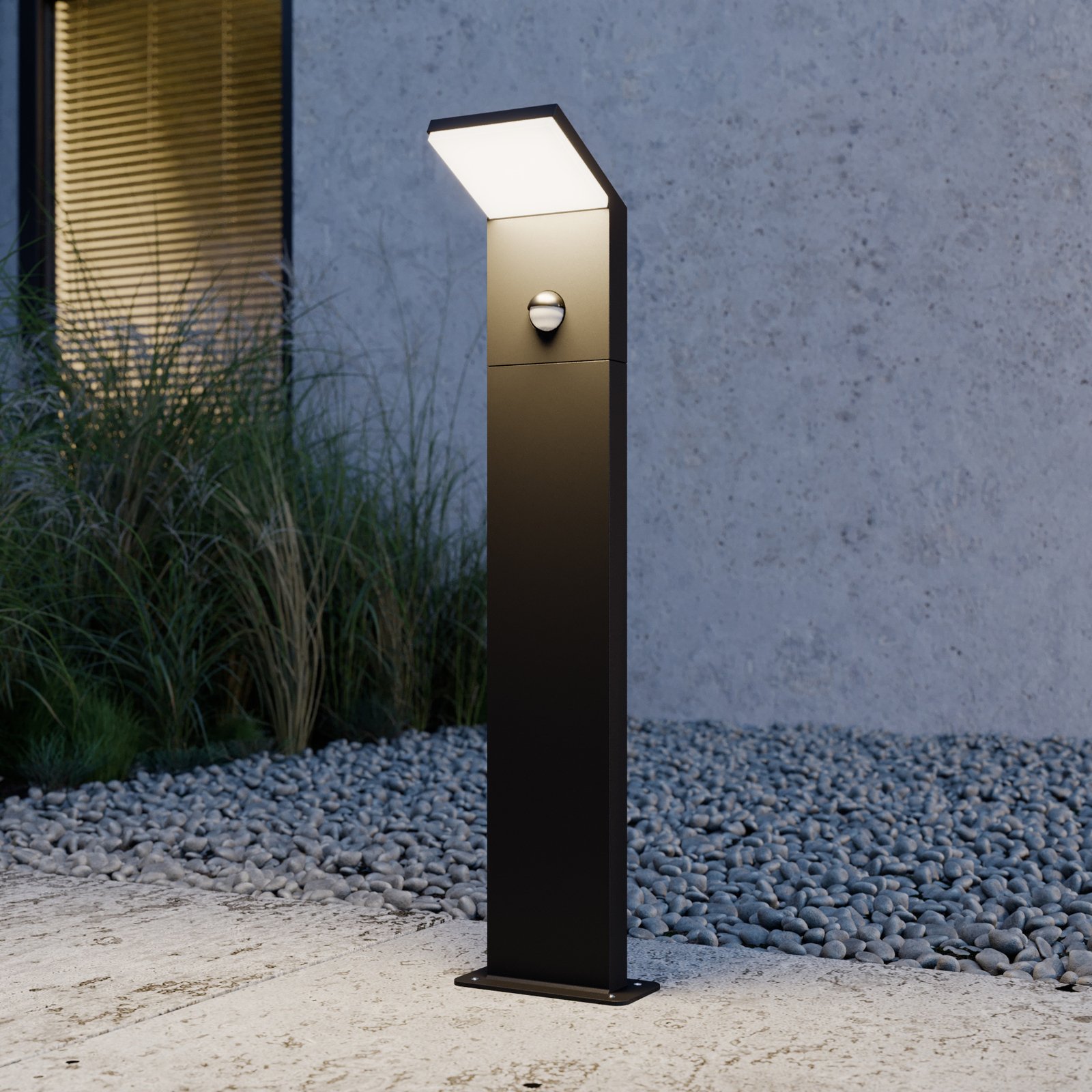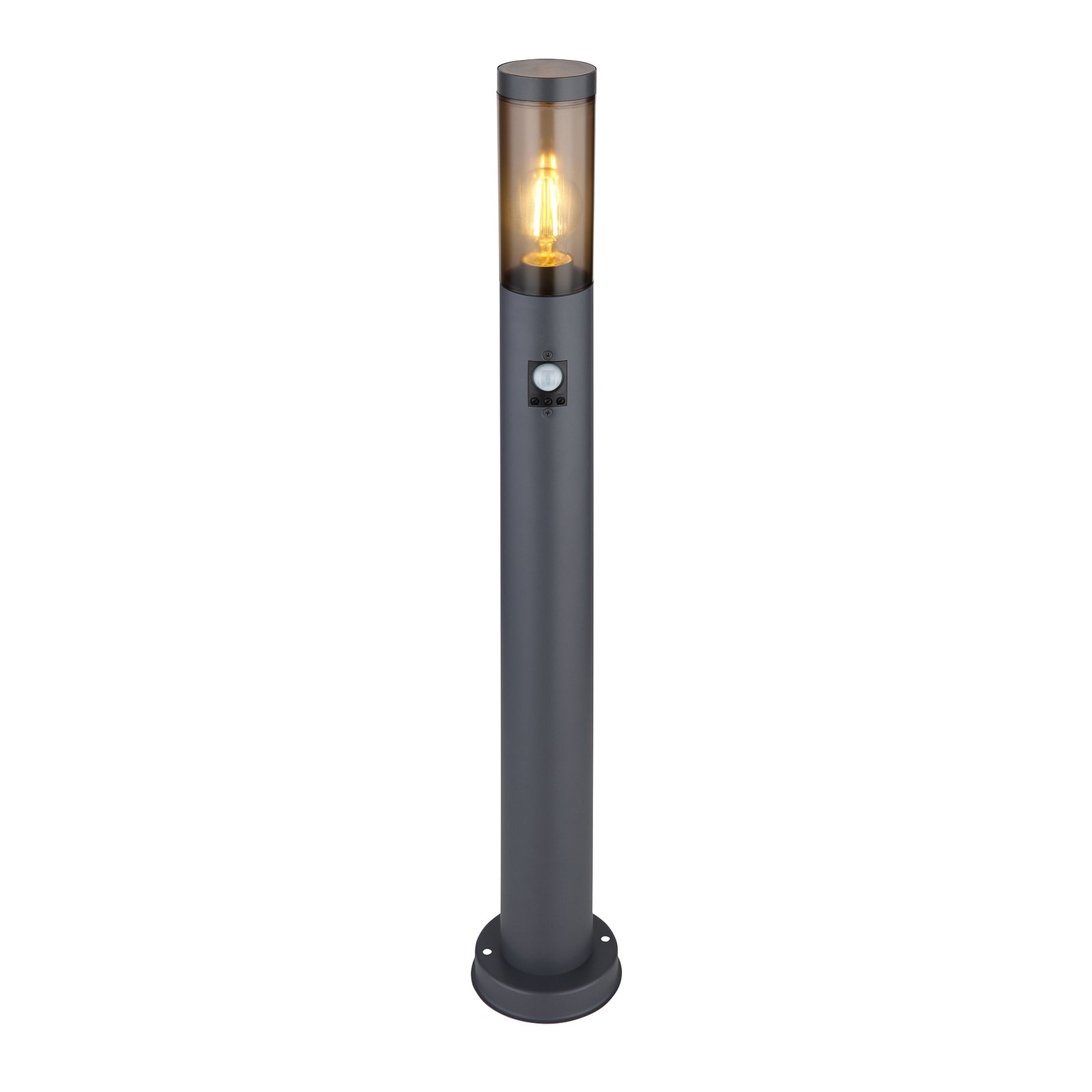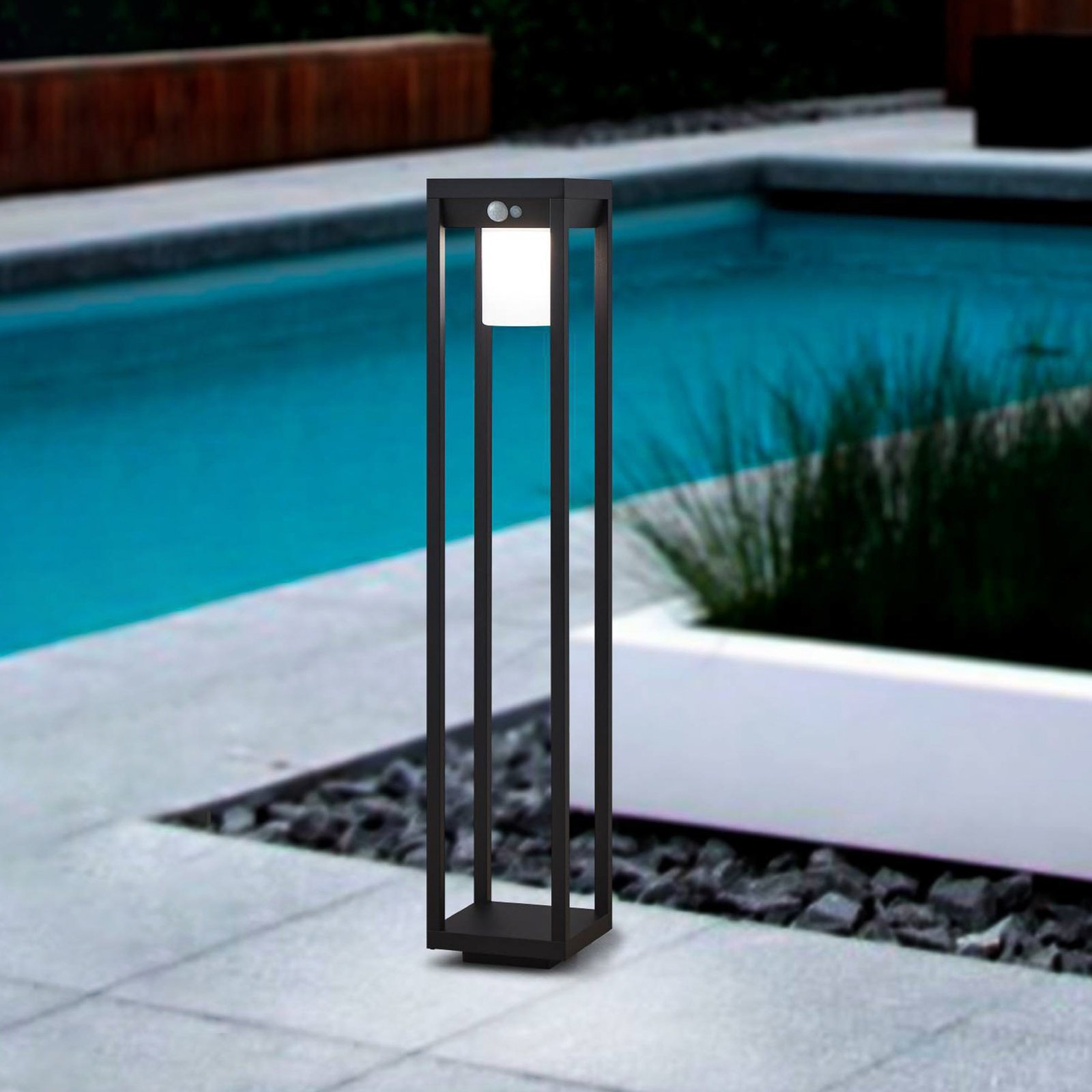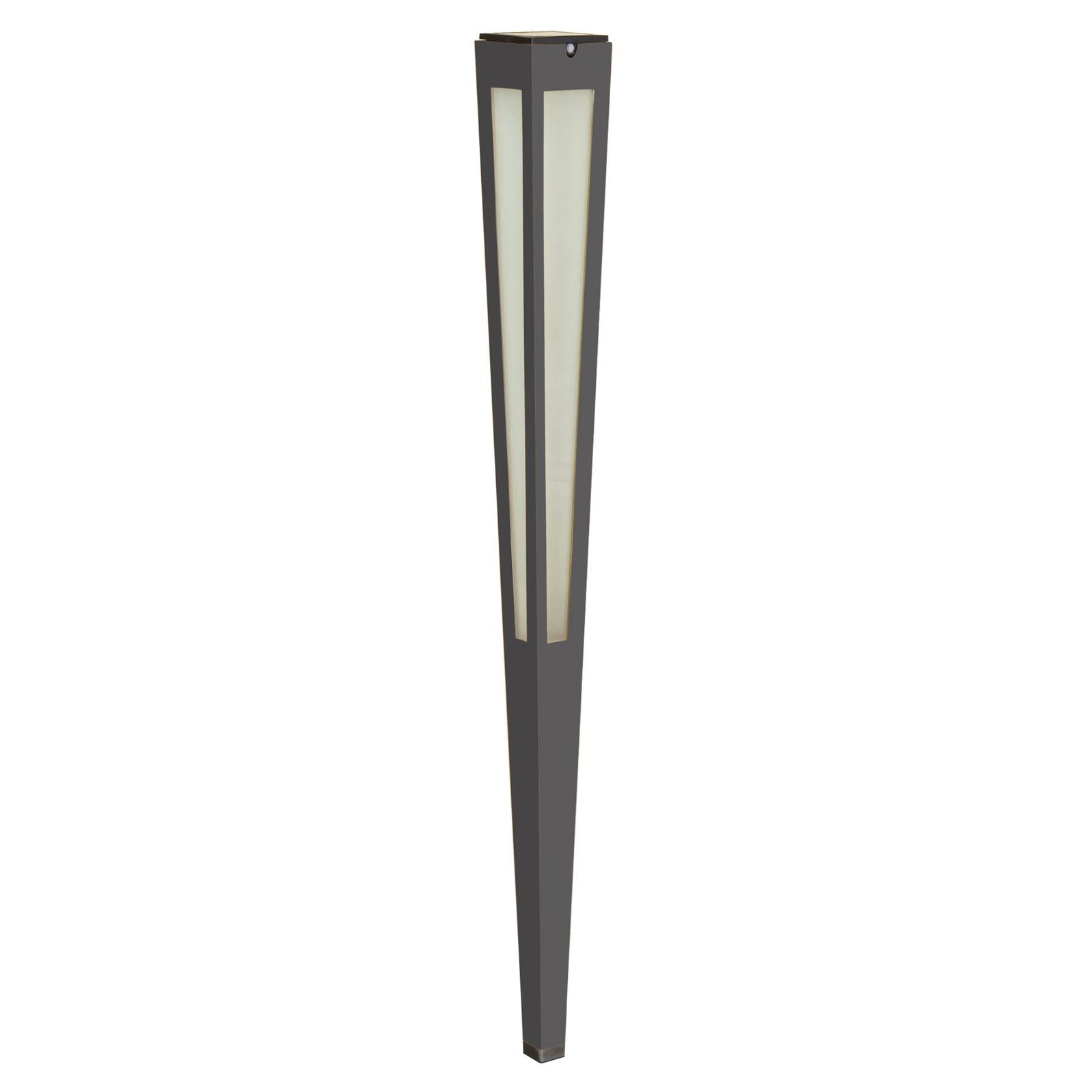- 50 days free returns
- Flexible payment options
- Europe's largest selection of brands
Extra 11% off over €119 & Extra 14% off over €179
:format(jpeg))
Path Lights and Bollard Lights with Motion Sensor / PIR
As soon as you approach the garden or are driving up the path, they switch on. Motion detector path lights are the most attentive lights you’ll ever find. It couldn’t be easier to buy a set of path lights equipped with motion sensors: Simply choose a model from the “motion detectors” category. These lights not only protect you from tripping hazards, but also from burglars that lurk in the night. Motion detectors offer you much more convenience in everyday life. On top of this, the longer durability of these lights is good for your wallet as well as the environment.
What do I need to consider when it comes to installation?
It is entirely up to you whether you want your bollard lights to be installed permanently or more flexibly. Frost-resistant foundations or similar solid surfaces are suitable for fixed installation. Looking for a more flexible installation? Then you should choose a model with a ground spike which allows you to move the light freely as you wish. If the light requires a connection to mains power, you will be limited by the length of the cable. With solar-powered lights, the possibilities are endless.
Tip: If you have decided on a fixed light that requires connection to mains power, you are going to need a technician to help you with the installation. Although you may be able to help dig the holes for running the cables underground, it is best to leave the wiring to an electrician.
What is the correct height for motion detector path lights?
As a rule, path lights should be between 60 and 150 cm high – whether they have a motion detector or not. Tip: The higher up the light source sits (i.e. the light bulb), the greater the area it can illuminate. This also means that if you position your lights higher up, you will need fewer lights to fully cover the area. And so, you can position your path lights further apart from one another.
Is a twilight sensor useful?
Twilight sensors ensure that the light only comes on when it is already dark or dim enough for additional lighting. It’s no good having a path light that is constantly competing with the sun. This is unnecessary and a complete waste of energy. Twilight sensors register the brightness level in the surroundings and only allow the motion detector to be activated and the path light to switch on if the light intensity falls below a certain level. This is definitely a handy feature.
Tip: Even if your path light does not have a motion detector, you are strongly advised to use a twilight sensor. This will keep you from having to turn on your garden lights manually every evening – a big plus in terms of convenience.
:format(jpeg))
:format(jpeg))
Can I programme the path light to provide continuous lighting if necessary?
Practically all path lights allow you to switch between motion detection mode and continuous lighting. This is very helpful for the many situations where you might prefer the light to be permanently on. For example, at a garden party, the continuous lighting from your path lights will provide the perfect atmospheric background for your guests.
Why is LED technology the best choice?
LEDs and motion detectors – both save on energy and both help to protect the environment. That’s why they work so well together. So, if you have the choice, it always best to use LED with motion detector path lights. Many path lights already come with integrated LED technology, so the right decision has often already been made for you.
Further advantages of LED:
Their life span is up to 50 times longer than traditional light bulbs.
They use up to 90 % less energy.
They are mercury-free.
Good to know: Are you toying with the idea of using energy-saving bulbs? We’d advise against this. These bulbs require a warm-up period before they can reach their full brightness and, with path lights, you need 100 % light output as soon as the motion detector “sounds the alarm”. After all, these lights are all about safety, and it’s no good if you’re waiting for the light to switch on.
What detection zone should a motion detector cover?
For one path, a detection angle of 120 degrees is sufficient, but there are motion detectors that cover up to 360 degrees. With these models, it is possible to reduce the angle using shutters. Tip: If the detection angle is too large, then movement from your neighbouring property could set off your motion detector. And no one wants that. But remember, you also don’t want too small a detection angle – after all, you want to deter burglars before they get too close.
Which IP code is suitable for my bollard lights?
Outdoor lights usually have an IP code to describe the degree of protection against moisture and foreign bodies. The first digit in the IP code refers to its protection against dirt and the second refers to its protection against moisture. For path lights, an IP code of IP44 and above is recommended. This protects the lights against foreign bodies larger than one millimetre, as well as water spray.
Can you get a motion detector path light with a power outlet?
Not content with a device that does nothing else besides providing light? Want more features? Then you might just like a path light with an extra power outlet. These lights are fixed in place and are connected to mains power. You can use your power outlet any way you want. Charge your phone, connect your lawn mower, plug in fairy lights – not a problem at all. Gone are the days where you cursed your garden for having no electrical outlets.
Are stainless steel path lights particularly robust?
Yes , stainless steel is in fact a particularly robust material. But it’s not just stainless steel’s robustness that makes it such an impressive material – it also looks great and is extremely easy to care for. Not to mention that it is resistant to corrosion, very durable and temperature-resistant. This material is pretty impressive across the board.
Like stainless steel, aluminium – which is often used for bollard lights – is also weatherproof. Other popular materials for light frames include copper, brass and stone. The lampshade is usually made of glass or plastic.
:format(jpeg))
Need help choosing the right light for your property? Then please feel free to contact one of our specialists. You can reach our advisors by phone on or via our contact form.
The strike-through prices correspond to the manufacturer's RRP.
Included in the price of LED lights/bulbs is a contribution to recycling costs of €0.05. Included in the price of CFLs/fluorescent bulbs is a contribution to recycling costs of €0.15.
All prices include 23% VAT, delivery costs excluded.










































